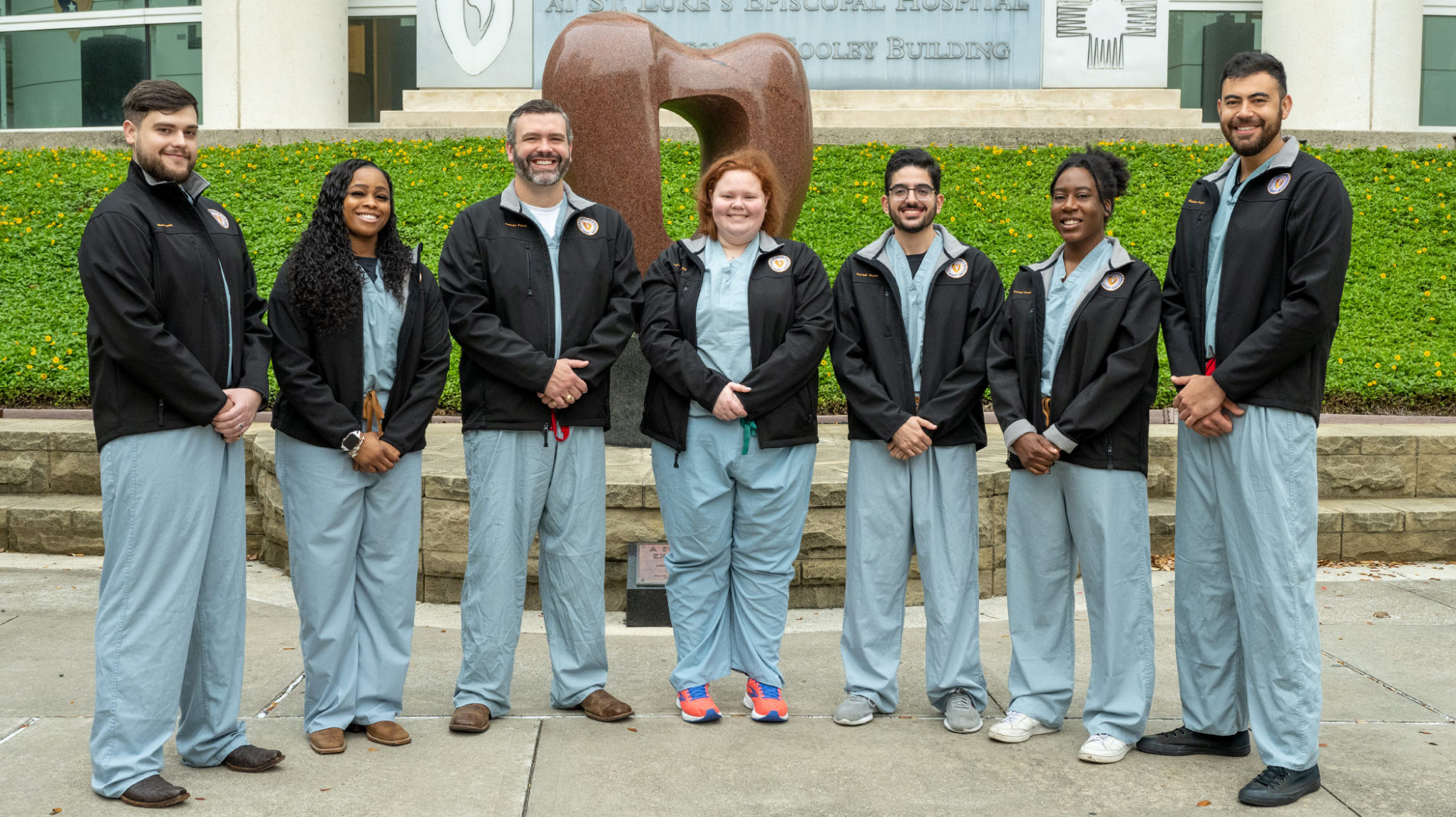THI’s Perfusion School Employs Anatomical 3D Model to Train Students in Cardiopulmonary Bypass

HOUSTON (Sept. 20, 2023) — Yaxin Wang, PhD, and her colleagues in The Texas Heart Institute’s® (THI) Innovative Device and Engineering Applications (IDEA) Laboratory have developed a 3D-printed silicone model of the human circulatory system for simulating the use of cardiopulmonary bypass (CPB) during open-heart surgery. Now, the Institute’s School of Perfusion Technology, led by Deborah Lowery Adams, MA, LP, CCP, is using this model to train students in CPB.
The Institute’s perfusion school was established in 1976 as the first accredited perfusion program in the United States. It offers an 18-month post-baccalaureate certification course in which students learn to operate the CPB equipment and other technology used in cardiac surgical procedures.
One component of this training is simulated open-heart operations involving CPB. In these simulations, a staff perfusionist plays the role of the surgeon and the student plays the role of the perfusionist. The mock surgeon instructs the student to perform the various tasks involved in stopping the patient’s heart, using the CPB machine to maintain the flow of oxygenated blood through the patient’s body, and then weaning the patient off CPB support when the procedure is finished.
Traditionally, these simulated procedures have involved a “bucket” simulator: a simple water tank with connectors for the venous and arterial lines of the CPB machine. The 3D model, on the other hand, has all the features of the central portion of the human circulatory system: the heart, the aorta, the coronary arteries and the major veins that return blood to the heart. The vascular model was made from transparent silicone by using 3D printing technology; the structure of the model was designed to accurately replicate human blood vessels.
To examine the value of the 3D anatomic simulator as a teaching tool, Dr. Wang and her colleagues in the IDEA Lab and the School of Perfusion Technology randomly divided a class of perfusion students into two groups. Seven students observed a simulation with the bucket simulator, while nine observed a simulation with the 3D simulator. All students were tested before and after the simulation, and in addition to answering the test questions, the students rated their confidence in their answers. The results recently were published in the Journal of Extracorporeal Technology.
Although the division of students into groups was random, the bucket group had a substantially higher average pretest score than the anatomic group: 91% versus 69%. This made it difficult to compare the two groups in terms of how much they had learned, because the bucket group already was close to the maximum score of 100%.
“The students all had attended the same lectures and done the same readings,” Dr. Wang said, “but they came from different backgrounds and had different previous medical experience. That, along with the small sample size, probably accounts for the difference in their knowledge before the simulation. So instead of focusing our analyses on differences in test scores, we focused on the students’ confidence in their answers.”
To do this, Dr. Wang and colleagues used a scoring system in which students’ ratings of each of their answers on the tests were multiplied by +1 if their answer was right and by −1 if their answer was wrong. Adding these numbers together produced a score that was highest for students who were confident in their correct answers and lowest for students who were confident in their incorrect answers.
These scores then were averaged for each group and compared. On average, students in the anatomic group had a seven-point gain in their scores, compared with four points for the bucket group.
“This suggests that a more realistic simulation can be beneficial for perfusion students,” Dr. Wang said. “Right now, our lab is working on ways to increase the realism of the simulator, such as by using a pump that provides pulsatile flow in the way that the human heart does, rather than continuous flow. A system like that could simulate not just CPB under normal conditions but also CPB complications like air embolism and equipment failure, preparing students for the real-world situations they will encounter as perfusionists.”
Read report
Messarra BT, Wang Y, Smith PA, Peak P, Adams DL, Crane TN. 3D-Printed silicone anatomic patient simulator to enhance training on cardiopulmonary bypass. J Extra Corpor Technol. 2023;55:53-59. https://doi.org/10.1051/ject/2023005
News Story By Stephen N. Palmer, PhD, ELS


